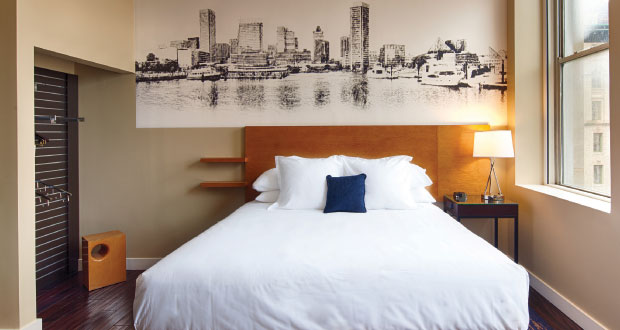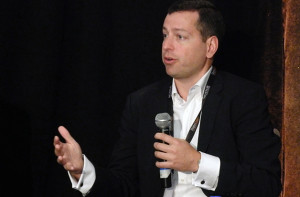Smart hotel executives spend time dealing not only with the challenges of today but also the challenges of tomorrow. I don’t mean tomorrow as in the day after today. I mean tomorrow as in the future, six months from now, five years from now.
Our copycat industry is historically bad at this. We often take note of obstacles only after we’ve hit them head on. In a daze, we then rush to adopt the tactics of our nearest competitor.
Why? Maybe we’re not looking far enough ahead. Or maybe we’re not looking for the right signals ahead.
Across all industries, executives’ future-proofing exercises typically revolve around the proverbial Next Big Thing—what’s coming down the pike that’s going to change the world as we know it.
During a keynote at this week’s Marketing Outlook Forum, J. Walker Smith of the Futures Company suggested a different tact: The “Vanishing Point†approach.
It’s hard to spot the “Next Big Thing,†Smith said. When they first materialize, they’re often too small to notice. And they come on quickly, which makes it difficult to react when you finally do notice them.
Vanishing Points are the opposite, Smith said. They are the points at which big, established factors of influence wane out of relevance. That creates a vacuum that must be replaced by something new.
Spot them early, and you can begin to anticipate what will fill the void.
It’s like a big tree falling the in the forest, Smith said. That allows sunlight to penetrate the canopy and foster growth for something new.
An example: Screens are getting smaller. What once was a desktop became a smaller laptop which became a smaller tablet which became a smaller smartphone. Now wearables are on the rise, and screens are getting even smaller.
“This is the big vanishing point,†Smith said. “The active digital screen is going away. It is being replaced by sensors, or passive digital.â€
Shoes will connect to Google Maps and buzz the right or left foot depending on which way you need to turn. Embedded technologies will track your health and fitness.
Instead of inputting data into a screen, sensors will track your behavior and send you information before you even know you needed it, Smith said.
He called it the “pivot to passive.†In the ecommerce space, Amazon is working to patent anticipatory shopping software that sends you products without you even putting them in your online shopping cart.
Think of that in travel context, Smith imagined. The agonizing booking funnel becomes an intuitive, anticipatory process that actively monitors your behavior and schedules a hotel stay accordingly.
Will it happen tomorrow? I hope not. (I’m not ready for buzzing shoes.) But it could happen one day. Maybe it will even be the Next Big Thing. Time to get out in front of it.
For more:Â http://bit.ly/1LGI05j





